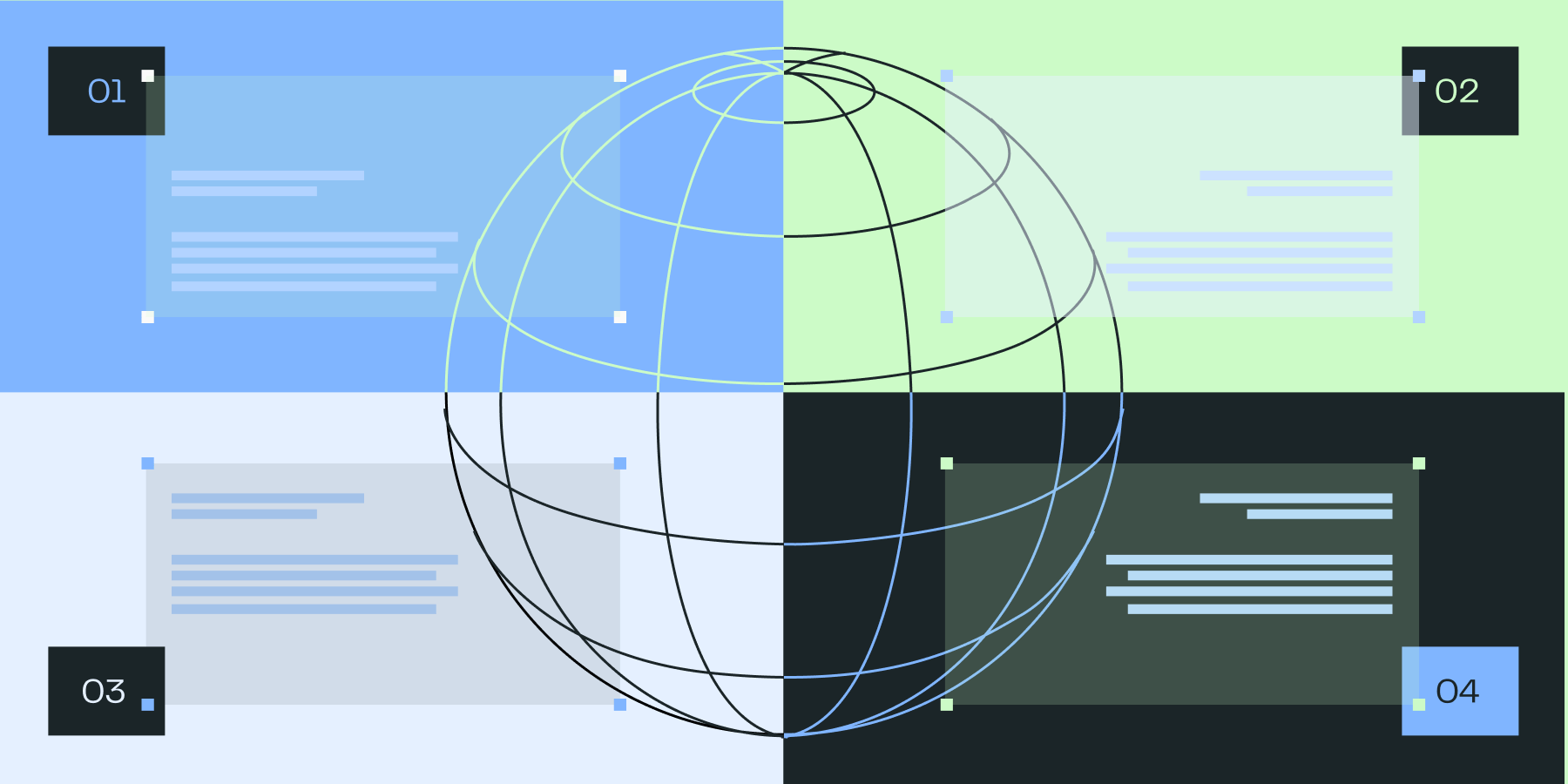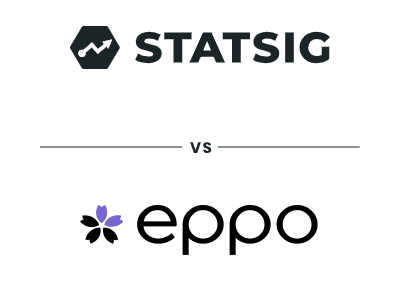Statsig and Eppo compared

What is Statsig?
Statsig is an advanced data platform designed for technical teams, offering a comprehensive suite of tools for feature management and analytics. The platform caters to companies of all sizes, from startups to enterprises, and is trusted by top tech companies like OpenAI, Atlassian, and Microsoft.
Statsig's key features include:
Feature Flags: Advanced feature management capabilities for controlled releases and targeted rollouts
Product Analytics: User funnels, journeys, and metric drilldowns to measure the impact of rollouts and uncover growth opportunities
A/B Testing: Sophisticated experimentation tools to make data-driven decisions and optimize product performance
Web Analytics: Single-snippet integration to collect and analyze website performance metrics
Session Replay: Insights into user interactions by replaying and analyzing specific user sessions
Statsig's all-in-one platform enables teams to ship faster, foster an experimentation mindset, and make informed decisions based on real-world data. The company's highly technical team has built the most advanced experimentation platform in the market, ensuring optimal performance and scalability for its customers.
TL;DR: Statsig is an advanced data platform well-suited for technical teams looking to optimize their products through feature management and experimentation. While it offers a comprehensive suite of tools, it may not be the best fit for non-technical teams or those without dedicated engineering resources.
What is Eppo?
Eppo is a next-generation experimentation platform designed for modern data teams. It offers an end-to-end solution that makes advanced A/B testing accessible to everyone in an organization, enabling businesses to accelerate experiment velocity without compromising rigor.
Eppo's platform targets organizations looking to make better decisions with confidence and achieve self-serve experimentation. By leveraging a warehouse-native architecture, Eppo powers a world-class statistical engine that automates experiment analysis while maintaining rigor.
Key features of Eppo's platform include:
Experimentation: Enables teams to significantly increase their experiment velocity
Feature Flagging: Provides fast and resilient feature flags for A/B tests and controlled rollouts
Personalization: Unlocks new possibilities using Contextual Bandits to optimize user experiences in real-time
AI Model Evaluation: Allows businesses to build more effective AI products by evaluating models through experiments
TL;DR: Eppo is an experimentation platform well-suited for data teams looking to accelerate A/B testing. However, its focus on accessibility may come at the cost of more advanced capabilities.
Statsig vs Eppo, head to head

Integrations comparison
Statsig integrates with popular tools and data warehouses like Snowflake, BigQuery, Redshift, and Databricks. This allows you to leverage your existing data infrastructure and maintain data privacy. Statsig also integrates with other tools in your stack, such as Segment, Amplitude, and Mixpanel.
Eppo integrates with Snowflake, BigQuery, Redshift, Databricks, LaunchDarkly, Optimizely, RudderStack, Segment, Split, DBT, and Google Analytics. These integrations enable you to connect Eppo with your data sources and other experimentation tools. However, Eppo's integrations may be more limited compared to Statsig's extensive ecosystem.
TL;DR: Statsig and Eppo's integrations are both well-suited for data-driven teams using popular data warehouses. However, Eppo's integrations may be more limited compared to Statsig's extensive ecosystem, which includes analytics tools like Segment, Amplitude, and Mixpanel.
Pricing comparison
Statsig's usage-based pricing model is transparent and affordable, with a generous free tier that includes unlimited feature flags and 2 million events per month. The Pro Tier starts at $150/month for 5 million events, with additional events costing $50 per million. Statsig's Enterprise Tier offers custom annual pricing, volume discounts, and advanced features like data warehouse imports and API exports.
In contrast, Eppo's pricing model is not publicly disclosed, requiring potential customers to request a demo and discuss their specific needs with the Eppo team. This suggests that Eppo may offer tailored pricing plans based on factors such as usage volume, experiment complexity, and required support levels. The lack of transparency in Eppo's pricing makes it difficult for potential customers to compare costs and plan their budgets.
TL;DR: Statsig and Eppo's pricing models are both well-suited for companies looking to scale their experimentation programs. However, Eppo's lack of transparent pricing may be a drawback for some customers who prefer upfront cost information.
The bottom line: Key differences between Statsig and Eppo
Statsig's platform is designed for technical teams building software products. It offers a comprehensive suite of tools, including feature flags, experimentation, product analytics, session replay, and web analytics.
This all-in-one approach enables companies to consolidate their tech stack and streamline their workflows, saving time and money by eliminating the need for multiple point solutions.
On the other hand, Eppo focuses on accelerating experiment velocity for modern data teams. While Eppo provides a powerful experimentation platform, it may not offer the same breadth of features as Statsig, such as session replay and web analytics. This narrower focus could limit its appeal to teams looking for a more comprehensive solution.
Companies choose Statsig for its advanced stats engine, bundled products, and transparent pricing. Statsig's experimentation platform is trusted by industry leaders like Atlassian, Flipkart, and Brex, thanks to its sophisticated statistical methods and ability to handle large-scale experiments.
The usage-based pricing model ensures that companies only pay for what they use, making Statsig an affordable option for teams of all sizes. With a generous free tier and volume discounts for enterprise customers, Statsig scales with your business as it grows.
Statsig vs Eppo, head to head




